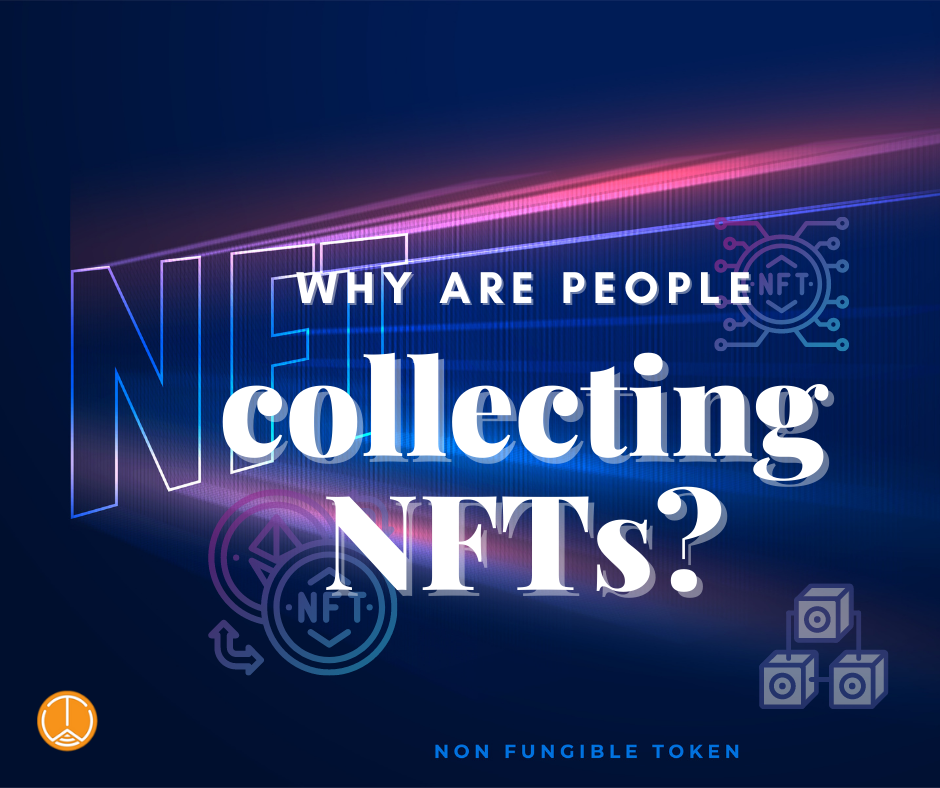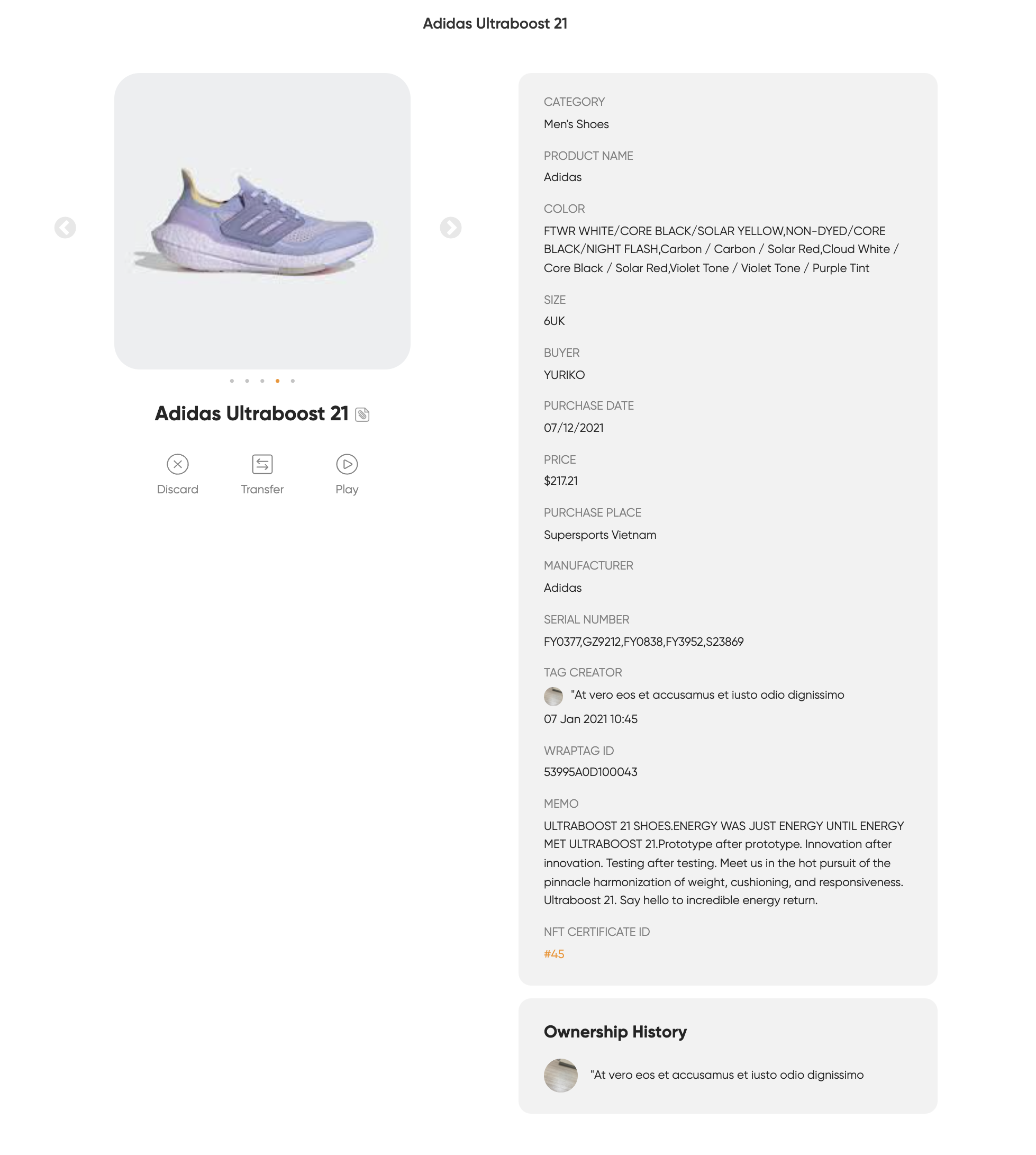
NFTs are seen as a new and alternative kind of patronage by many of today’s digital art collectors. Helping to assist a new artist in the early stages of their career is a reward in and of itself, regardless of the NFT’s worth.
NFTs had been around for a long time, but it wasn’t until 2021 that they became popular. There are several hypotheses about why this is happening, and the social psychology around this trend fascinates me.
NTFs are one-of-a-kind products that can be purchased and sold just like any other physical object. However, they only exist in the digital dimension. People might regard the ‘tokens’ of these virtual things like certificates of ownership.
When a collectible, an image, sound, or text is associated with an NFT, the token technically verifies that the digital copy of the underlying asset is a legitimate copy of the original work. In this way, the purchaser of an NFT owns the token. Accordingly, the digital version of the work is transferred with the NFT when it is given to someone else. In a similar fashion to property rights, this arguably provides factual ownership over the associated digital object. You can learn more here
Table of Contents
Because NFTs exist for varied causes, people gather them for various purposes.
Demonstration of progressive values and beliefs.
The digital collection is also a venue for self-expression and self-reflection, in which the collector is the author, curator, and storyteller all at once. So frequently, a person attempts to express themselves by accumulating things.
A digital art collector, for example, may want to underline that he or she follows current art trends. They believe in NFT ideals and are (or wish to be) a part of the crypto community.
The greater the NFT market, the more unique the collective image of a crypto art collector develops in the eyes of society. And the more people that want to be a part of this vision, the better.
Show your support for your favorite musical artists.
Digital artists gained their first chance to monetize their own work with the introduction of NFTs since their previous options were confined to free presentations of digital works on the Internet and social networks. And, contrary to common opinion, not all NFTs fetch six figures.
In the crypto art market, there are numerous affordable pieces that may cost as much as your morning coffee. As a result, individuals are increasingly investing small sums in crypto artworks to support the artist’s moral and financial well-being (who usually receive royalties for each sale and resale of the work).
Investing for profit
It’s no secret that practically every NFT owner plans to resell it on the secondary market at some point. In reality, the initial buyers of NFT artworks were cryptocurrency traders, who have little in common with art lovers.
Yes, the collector generally considers the return on their investment. Having said that, the work’s creative and historical worth outlasts the financial value.
Pros and Cons of Collecting NFTs Art
Many facts suggest that NFT has a good possibility of fundamentally altering our digital assets and cyberspace concept. Why? Because the non-fungible token has a noble and ambitious goal: to create a unified online ecosystem and democratize digital asset distribution.
Digital artists now have the same rights as traditional artists thanks to NFTs. Hundreds of markets, such as Rarible, MakersPlace, and V-NFT ART’s Art marketplace, now allow writers to promote and sell their work while keeping their copyright and getting monetary compensation. The market’s innovative nature and the ever-increasing number of advocates and participants indicate that NFT will be around for a long time.









